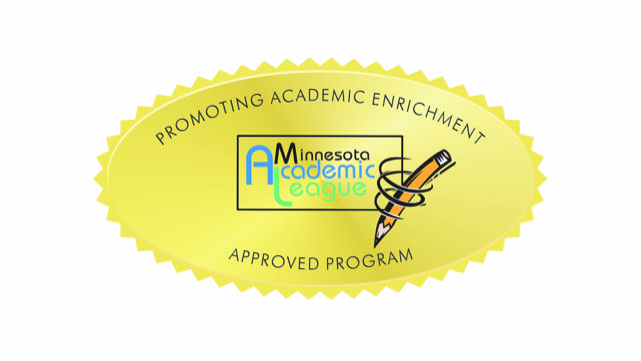The Marshall Independent, April 3 edition, highlighted the WWG team. Nice job, Chargers!
WWG YES! students band together to protect the environment
A small, but mighty group of students from Westbrook-Walnut Grove High School are not only learning about the environment around them, they’re actually doing something to improve it.
The WWG Y.E.S. (Youth Energy Summit) students have recently been working on a number of projects that are geared toward improving the environment.
“This group has done a series of projects, from recycling about 500 pounds of Christmas lights, to 600 pounds of tennis shoes, to over 50 cell phones as well as giving over $700 worth of equipment to the public library and purchasing a wind turbine for the school,” said Patrick Merrick, WWG teacher and Y.E.S. adviser.
Students have put up posters and flyers around the school campuses to encourage participation in the cell phone project. Collected cell phones will be sent to GRC Wireless Recycling, where they will be 100 percent recycled.
According to WWG senior Kasia Her, about 60 percent of the recycled cell phones will be refurbished and go to markets worldwide in need of affordable communication. The rest will be shredded and smelted at a copper refiner or reclaimed back its natural state.
“All the projects went well,” Her said. “These projects were easy to do and anyone can do these projects to save the environment.”
The WWG Y.E.S. group received money for each phone it collected for recycling, with all profits going to the WWG Earth Y.E.S. lending library.
“The purpose of the lending library is to encourage the community to save energy by buying devices such as kilowatt meters, heat sensors and more,” Her said. “These devices will be located in the library where they can check out and use to their advantage to save energy.”
The idea for environmental projects came about two years ago. Merrick said that students participated in the Y.E.S. program then as an extra-curricular activity. Y.E.S. is a team-oriented youth program that uses hands-on, experimental learning and energy action projects to address energy opportunities and issues in rural Minnesota communities.
After enough students found value in the concept, they petitioned the school board to allow it to be incorporated into an environmental science class. Last year, Merrick’s newly-formed class focused primarily on electricity conservation and recycling. In class, students would learn about a topic, design a project, implement it and then take it to the community.
A contest is held annually, judging teams on the projects they do throughout the year. This year’s contest takes place on April 19.
“Before every major topic, we spent several weeks learning about the how, what and why of the idea,” WWG seniors Maddie Frank and Shawn Hanson said in their class summary.
One of the goals, Frank and Hanson said, was to find out how much energy their school used throughout a regular school day.
“We decided to conduct a school energy audit,” they said. “We divided up the classrooms between the students in our class. Each student measured the amount of watts being used in each classroom.”
Then team members divided the watts by 1,000 and multiplied that number by how many hours each device was used during the day.
“We were then able to figure out how much it cost to run each room for one day,” they said. “As a school total, we spend $31.72 in energy every day.”
Hanson and Frank also pointed out that their bike generator has the potential to create 400 watts.
“We’re planning to use it to convert energy into electrical energy to charge iPads and laptops for student use,” they said.
The small wind turbine project also has a lot of potential, students said. The wind turbine, about six feet across from tip to tip is capable of producing 1,000 watts and 48 volts.
“As a class, we have decided to put this up in our small bus garage, where we hope to power the lights and a pop machine that is used during football season,” Frank and Hanson said. “We plan to hook it up off the grid so that we don’t need to go through the power company for insulation.”
The class is currently in the process of ordering an inverter, batteries and other equipment so that the wind turbine can start functioning in the next few weeks.
While their team projects will soon be judged against projects from other school districts, the WWG students have already found success.
“We have been able to save money with the help of our school energy audit, make money with both the shoe and the cell phone recycling, keep a large amount of garbage out of the our landfills with those recycling projects and made it possible for community members to use energy-saving devices with our newly-available lending library,” Frank and Hanson said.
The students’ efforts align with their overall mission: “Through experimental and educational endeavors, the WWG Y.E.S. group strives to make a difference in our local society by changing our habits into the values that we want to pass onto future generations.”
And while the group is working toward making a difference in the environment around them, it’s quick to give credit to and offer their appreciation for the support from their surrounding communities.
“Without the help of our community and school, we would not have been able to make these recycling projects possible,” Hanson and Frank said.
Read the original article here.

